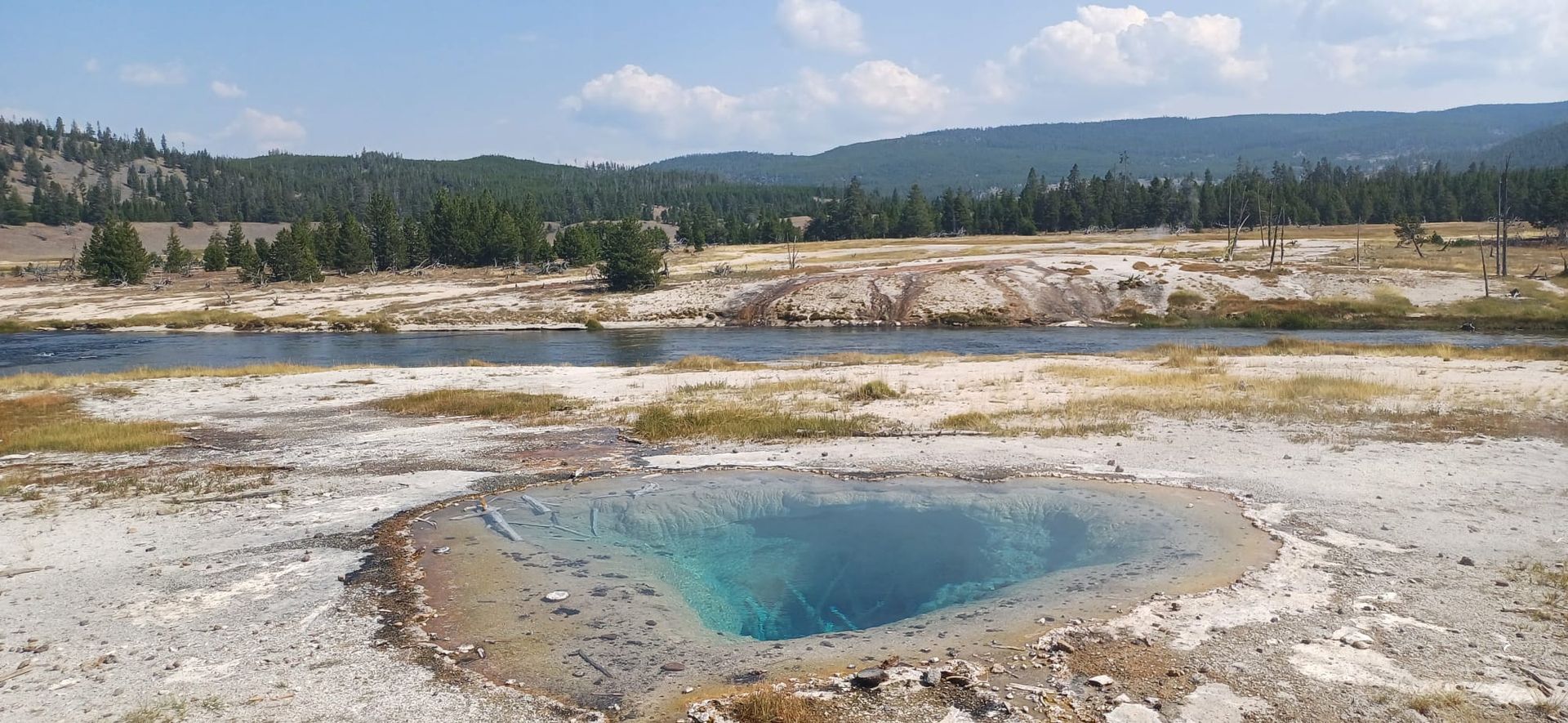A US road trip is an incredible adventure that will take you through some of the most incredible destinations on the planet.
Covering almost 3,800,000 miles, with mountains, oceans, rivers, deserts, bayous, and more, there is plenty to see, no matter your tastes or interests.
However, when setting out on an adventure such as this, there are so many things to consider, each of which plays its own important role in making your trip a success. There are even some risks that are almost as great as the rewards.
With that in mind, we have decided to use our vast experience travelling the roads of the United States to bring you our definitive guide to planning the perfect US road trip.
We will give you 12 tips to plan an affordable American adventure. These will cover everything you should need to ensure a safe and exciting trip throughout every mile, as you travel from sea to shining sea and back again.
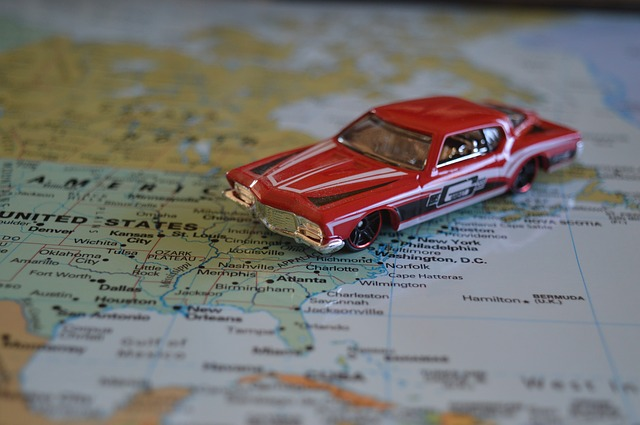
Establish How Many Miles You Can Comfortably Drive In A Day
The most important thing to do before planning any road trip, whether that be in the United States or anywhere else, is to ensure you know exactly how many miles you can comfortably drive in a day. This is important for a number of reasons.
Firstly, it reduces the likelihood of you getting too tired and struggling to stay awake long enough to reach your destination. This can either lead to you having to shell out twice for somewhere to spend the night or pushing on and putting yourself in a dangerous situation.
It then also allows you to get stretches where there is very little you want to do or see out of the way in a single sitting. This will maximise the time you have available to enjoy the locations where there actually are things you want to do.
Finally, it will allow you to plan your trip as accurately as possible, as you will be clear on exactly what you can accomplish. This is especially important for people with less time available on their road trip, who may be trying to cram as much into their available time as possible.

Try To Leave Room For Flexibility On Your Route
While carefully planning every detail of your US road trip can help you to fit as much in as possible, it will also leave you very little room for flexibility.
The last thing you want is to spot a can’t miss attraction or something that interests you in a part of the country you are unlikely to ever return to and have to miss out on it due to time constraints.
If you have enough time available, be sure to allocate a little more than you actually expect to need at each destination.
This will ensure you never have to rush through an attraction and can add new sights to your travel itinerary on the fly, guaranteeing you don’t finish your trip with any regrets.
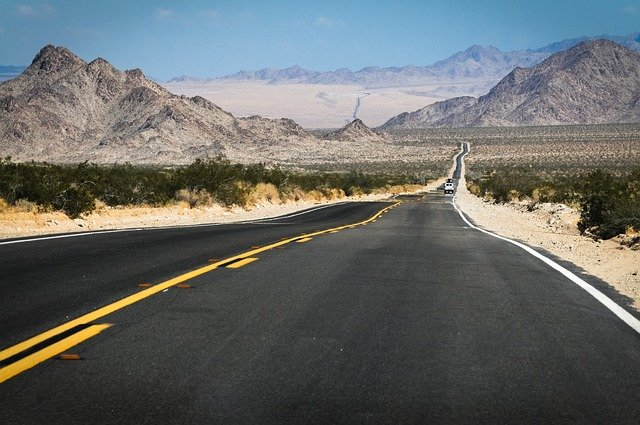
Keep A Breakdown Survival Kit In The Car At All Times
No one ever wants to break down. Unfortunately, it is an eventuality that everyone who drives will experience at some point. In the city it is usually an inconvenience at worst.
However, in more rural parts of the country, a break down can turn into a life and death situation.
Whether it be extreme temperatures, a lack of cell service, the local wildlife, or even just the length of time you have to wait to be rescued, a break down can turn serious in a hurry if you aren’t properly prepared.
An ideal break down survival kit will include a spare tire or puncture repair kit and the tools to use it, a flashlight, water, blankets, and food, such as energy bars. This should give you the best chance of safely navigating a break down, no matter what situation you find yourself in.
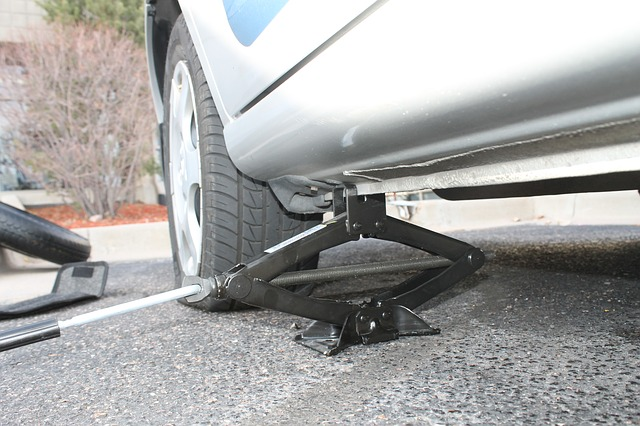
Select Your Rental Car Package Carefully
Anyone flying in from overseas for their American road trip will need to hire a rental car, while many US citizens also prefer to use a rental, to save adding the wear and tear to their personal vehicle.
As convenient as this option can be, it is extremely important to pay attention to the small print on your rental contract and know exactly what products and services you are actually paying for.
The most important thing to look for on your rental is what mileage is included. Some rental cars don’t put any cap on the number of miles you can cover, however many will only give you a small allocation, which requires you to pay for every mile you drive beyond that threshold.
Make sure your rental agreement includes unlimited mileage before you sign the contract. That way, you can ensure you aren’t worrying about cutting parts of your journey off to try and save money.
Having a second named driver on the policy is also incredibly useful, as it helps to share out the driving, stopping one person from getting too tired and allowing you to increase the overall mileage you can complete in a day.
Another consideration is where you can actually take the car. While many can be taken into Canada, most aren’t allowed to be driven into Mexico, while some have to remain in the United States entirely.
If your planned route crosses international borders, make sure you will legally be allowed to do so before you settle on a rental car package.
Finally, make absolutely sure you know what you are covered for. Insurance and service on a rental car can range from free recovery services in the event you break down to being responsible for any issues yourself.
Try and get a rental where you feel safe and secure throughout the duration of your road trip.
Knowing exactly what you have paid for also stops you from being charged twice for certain things, an issue which is common for people who book their car through an independent third party.

Make Sure You Know The Different Time Zones
As you’ve probably heard, America is a rather large place. So large in fact, that the contiguous United States spans four different time zones, while the country as a whole covers six.
If your road trip crosses state lines, make sure you know when you cross into different time zones as well.
This will avoid you missing any attractions you may have booked or turning up to your accommodation after check in has already closed. If you are following a GPS, it will also stop any confusion from arising regarding what time you will actually arrive at your destination.
Similarly, you also need to be aware of when daylight savings comes into effect.
It’s easy to lose track of the days when you are on the road. If daylight savings comes in while you are travelling, make sure you adjust your clocks, so you don’t fall into any of the pitfalls we have just looked at.
It’s also worth noting that neither Arizona nor Hawaii follows daylight savings.
While the latter is less likely to be an issue for road trippers, anyone who is passing through Arizona needs to be aware that the time difference may not be what they are expecting it to be, depending on what time of the year that they visit.

Check To See What Tolls Are On Your Chosen Route
Tolls on a journey can range from a minor annoyance to a major pain, depending on both their frequency and price.
While the odd toll may not be much of an issue, routes going through states like Florida or New York can see the price shoot up as a result of numerous toll roads.
Luckily, tools like Google Maps or a GPS will allow you to identify toll routes and choose to avoid them. While some toll roads would take hours to avoid, others can be bypassed by adding as little as a few minutes to the trip.
Making sure to check the tolls on your road trip can help you to save a great deal of money that you can put towards more enjoyable things, with little to no effort on your part.
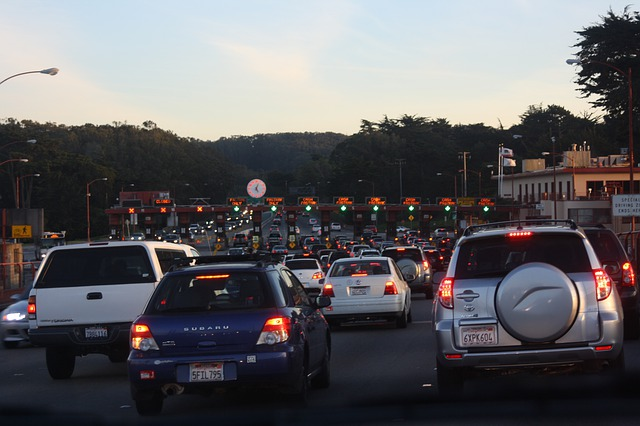
Plan Your Gas Stops Wisely
Most people know that gas prices vary in different parts of the United States. However, many won’t realise the price you pay for fuel can change simply by crossing a state line.
While knowing the exact price at any given gas station ahead of time is a challenge, there are websites available that show the average price of gas in each state.
If you are coming up to a state line, this knowledge can help you to decide which of the two states you are better off filling up in. While this may not seem like it will save you that much, the savings can start to mount up quickly, especially if you are on a longer road trip.
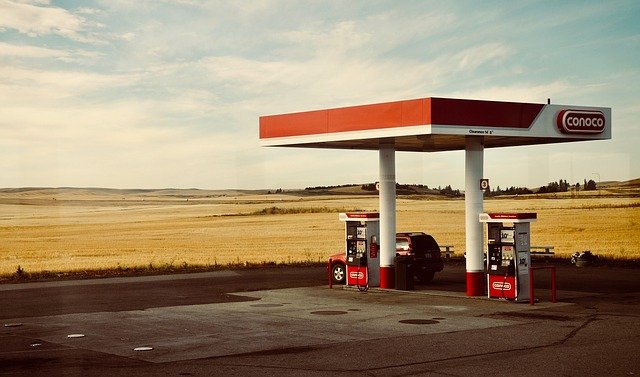
Don’t Book Your Accommodation Until The Day
While people often assume booking accommodation well in advance will help them to score the best deals, there is often very little difference in price between a last minute booking and one made months in advance.
This is especially true of the sort of motels often preferred by people on an American road trip. By waiting until the last minute to book your accommodation, you give yourself maximum flexibility, with very little negative impact on your finances.
This will give you the freedom to alter your route if you discover something you just have to see and stop you having to rush the stops you make for fear of not being able to get to your accommodation in time to check in.

Use Motels Where Possible
As much as we all like to treat ourselves to a luxurious hotel to relax in on a vacation, it is important to realise that, when you are on a road trip, you may end up using it for little more than sleeping.
This means splashing out for fancy accommodation will see you paying a premium for features you won’t have the opportunity to use.
Opting instead to use a basic motel can save you a fortune, without negatively impacting your enjoyment of your stay. You are also much more likely to find one along the side of the road, meaning you don’t have to waste time and make any major detours from your route.
Check the reviews to make sure that the accommodation is clean and comfortable, and you could find an absolute bargain. Most motels also offer a free breakfast. This gives you the chance to stock up at the start of each day and save even more money.

Understand How Rest Stops Differ In Each State
Rest stops are present in every state and can be used for everything from taking a short break or doing some maintenance on your vehicle to stopping to sleep for the night. However, the quality and rules of rest stops can vary wildly from state to state.
For example, while Texas tends to feature incredibly well maintained rest stops, Arizona’s are often a little more remote. You even have states such as Florida where there is a limit on how long you can spend at a rest stop.
Before you cross into a new state, it is a good idea to check exactly what the regulations are for its rest stops.
Websites are available that will tell you what the stops can be used for, as well as things such as where they are, what facilities they have, and how clean they are. That way, you won’t end up in any unpleasant situations in the event of an emergency.
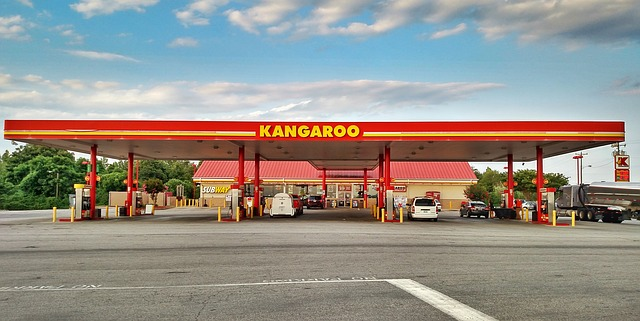
Make Use Of The Free Wi-Fi At Walmart
This next entry is a consideration primarily for visitors from overseas.
Whether it be due to not wanting to pay extortionate fees for roaming abroad or not feeling your trip is long enough to warrant purchasing a pre-paid cell phone, many foreign road trippers will find themselves without Wi-Fi whenever they are on the road.
It is therefore useful to remember that most major branches of Walmart, as well as a few other major companies like McDonald’s, offer free Wi-Fi in their stores.
This means in the case of an emergency, or when you need to find something out to help you continue your journey, a quick trip to one of these locations will sort you out for free.

Look Out For Resort Fees
Resort fees are the hidden charges some hotels add in the terms and conditions when you book. They usually have to be paid in person at the property and can quickly turn a great deal into something considerably less special.
They claim to cover luxuries that guests have at their disposal, such as swimming pools, fitness centres, and casinos, and are incredibly popular in places like Nevada.
If you don’t have the time or inclination to use these sorts of services, make sure there aren’t any hidden resort fees in your booking.
Sometimes, you’d be better off selecting a nicer accommodation with a slightly higher base price, as it will have features you may actually use and can even work out cheaper when all of the hidden charges are included.
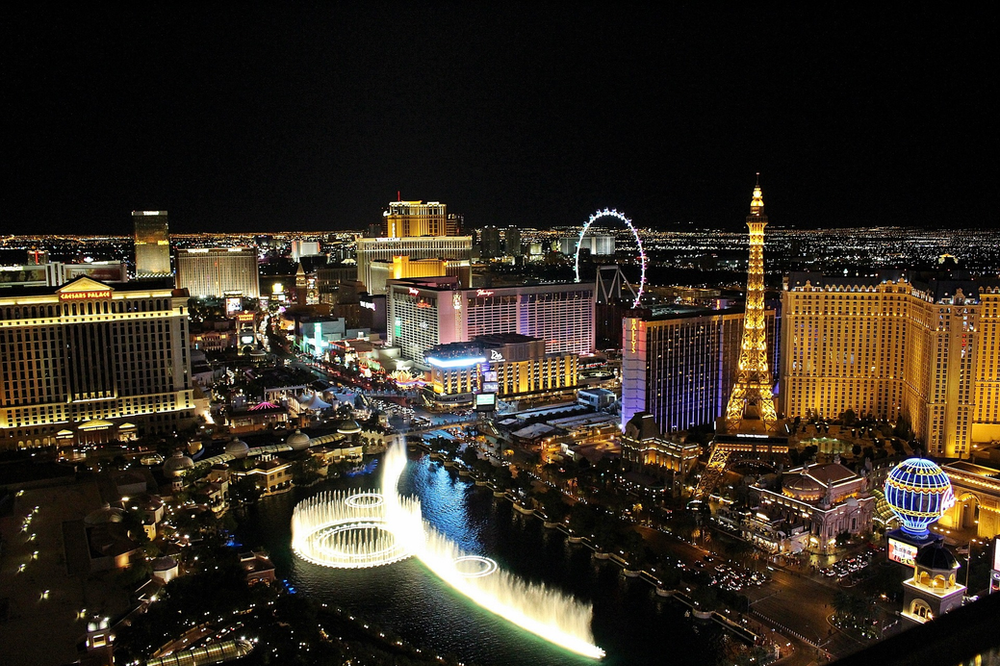
Final Thoughts
That concludes our guide to planning the perfect US road trip. This should have hopefully given you everything you need to plan a safe, exciting, and affordable road trip through as many of the 50 states as you plan to cover. If not, anything you think we have missed is likely covered in our guide to road trip essentials.
That said, if you do have any lingering questions, don’t hesitate to comment or leave a message and we will happily do everything we can to help make your road trip dreams a reality.


